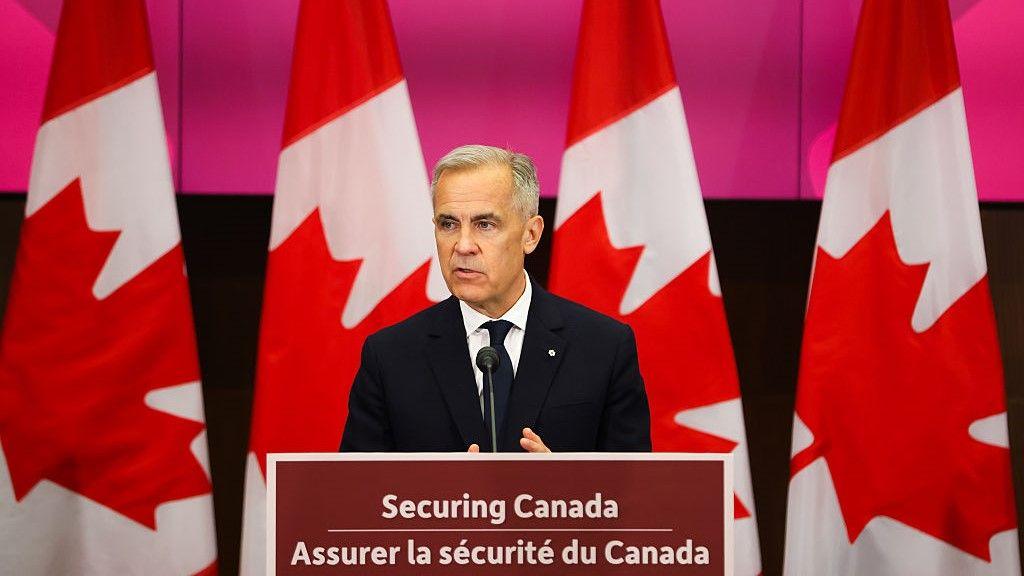
Wafricnews - June 10, 2025
In a significant policy shift with wide-reaching global implications, Canadian Prime Minister Mark Carney has announced that the country will meet NATO’s 2% defence spending target by March 2026, four years ahead of schedule.
Speaking at the University of Toronto on Monday, Carney described the world as being at a "hinge moment" in history, likening today’s geopolitical climate to the years following World War II. He said Canada can no longer afford to remain under-reliant on the United States for protection, citing emerging threats from hostile states, terrorist groups, cyber attackers, and Arctic militarization.
“Middle powers must act decisively—because in today’s world, if you're not at the table, you're on the menu,” Carney said, signalling a more assertive Canadian role in global security.
The pledge marks a dramatic reversal from earlier commitments. During this year’s election campaign, Carney’s government promised to reach the 2% threshold by 2030. Under former Prime Minister Justin Trudeau, the target was pushed as far back as 2032.
Rebuilding a Military in Decline
Currently, Canada spends just 1.4% of its GDP on defence. But with criticism mounting over its aging equipment and sluggish procurement process, Carney admitted the country is "unprepared" for modern military demands.
He revealed that only one of Canada’s four submarines is operational, and less than half of its naval and land vehicles are in good condition. To reverse this, the government is injecting C$9.3 billion (US$6.5 billion) into defence this fiscal year.
This investment will go toward:
- New submarines, aircraft, and artillery systems
- Arctic surveillance drones and seafloor sensors
- A modern defence procurement agency to cut through red tape
- Strengthening Canada’s domestic defence industry
- Expanding military personnel and operational capacity
“We have been too reliant on the U.S. for our own security,” Carney stated. “And that must change.”
Pressure from NATO Allies and Strategic Shifts
Canada’s announcement comes just days ahead of the G7 Summit, which it will host from June 15–17. The timing is significant, as NATO Secretary General Mark Rutte pushes allies toward a new target of 3.5% GDP, citing an urgent need to scale up Europe’s air and missile defences.
Rutte has even floated a 5% goal—a controversial proposal previously backed by former U.S. President Donald Trump. Although not committing to that level, Carney’s early adoption of the 2% threshold positions Canada more favourably among NATO partners who have long viewed it as a defence underperformer.
“We welcome the increased spending,” said Conservative opposition leader Pierre Poilievre, while blaming the Liberal government for a decade of defence underfunding and mismanagement.
A June 2024 parliamentary report cited delays, cost overruns, and inefficient procurement processes as core reasons for Canada's lag in modernizing its military. The new procurement agency is expected to streamline acquisition timelines and prioritize domestic production to reduce dependence on foreign systems.
Wider Implications
Carney’s pivot reflects a broader redefinition of Canadian foreign policy. The prime minister also criticized the United States for “monetizing its hegemony,” suggesting that reliance on U.S. market access comes with increasing costs—financial and strategic.
With Russia’s aggression and China’s growing Arctic interests top of mind, Canada’s accelerated defence plan sends a message that middle powers must evolve or be overtaken in an era of shifting alliances and unpredictable threats.
By Wafricnews Desk.
By Wafricnews Desk.


Comment
To post a comment, you have to login first
LoginNo Comments Yet...